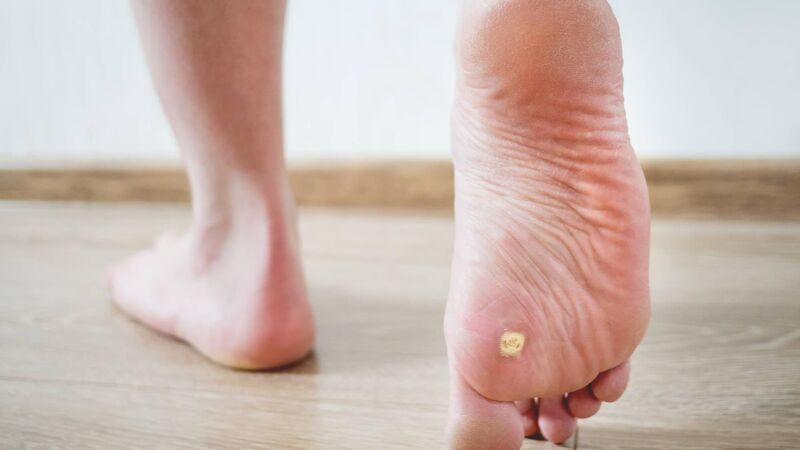Dr Phil Kieran: What is the best way to treat my son’s verruca?

Most warts in children or teenagers will resolve within six months to two years, even if no action is taken to speed up the healing process.
- If you have a question for Dr Phil Kieran, please send it to parenting@examiner.ie









